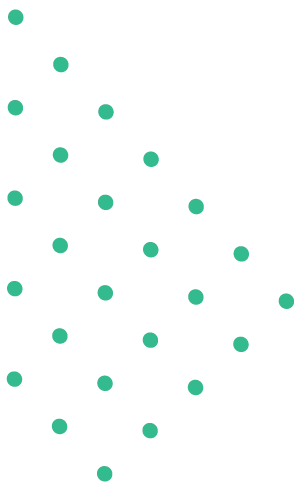"Adonais" : Characters
- Writer : Percy Bysshe Shelley


"Adonais" is a notable literary work by Percy Bysshe Shelley. A complete discussion of this literary work is given, which will help you enhance your literary skills and prepare for the exam. Read the Main texts, Key info, Summary, Themes, Characters, Literary devices, Quotations, Notes, and various study materials of "Adonais".
Characters
Adonais (Protagonist) Adonais is a reference to John Keats, the central figure of the poem. In Greek mythology, Adonis was a handsome youth loved by Aphrodite (Venus), and Shelley uses this myth to symbolize Keats’s beauty and poetic talent.
Urania: Urania, the Muse of Astronomy, is invoked at the beginning of the poem as a source of inspiration and guidance for the poet.
Aphrodite: Greek Goddess of love. She loved Adonis.
Hyacinthus: A figure from Greek mythology, loved by Apollo. His tragic death is alluded to in the poem as a parallel to Keats’ untimely demise.
Plato: The ancient Greek philosopher Plato is mentioned in the poem as a symbol of immortal wisdom and knowledge.
The Pilgrim of Eternity: This refers to Lord Byron, another famous Romantic poet and a friend of both Shelley and Keats. The poem mentions Byron’s departure from the world of poetry and his physical absence.
The inheritors of unfulfilled renown: These characters refer to other poets and writers who may follow in Keats’s footsteps but will never fully replace him.
Melpomene: Melpomene is one of the Muses of Greek mythology associated with tragedy. In the poem, she is depicted as weeping for Adonais, emphasizing the tragic nature of Keats’s early death.
Apollo: The Greek god of poetry and the arts, often associated with the sun. In the poem, Apollo represents the creative and poetic spirit.
Pan: The Greek god of shepherds and nature, often associated with rustic music. Pan is mentioned in the poem to lament the loss of Keats’ poetic voice.
